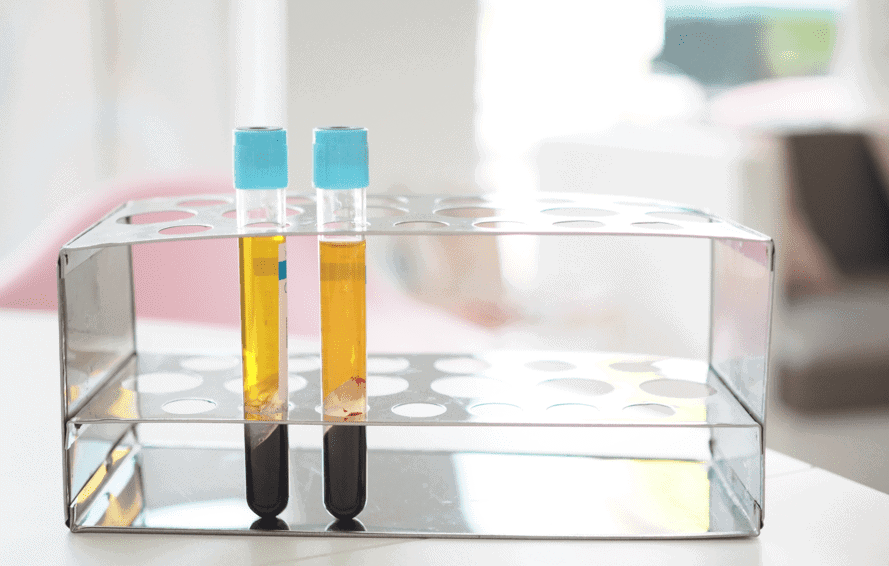Platelet Rich Plasma PRP
Platelet Rich Plasma (PRP)
Introduction: Unveiling the Science of Platelet Rich Plasma (PRP)
Discover the magical world of Platelet Rich Plasma (PRP), a breakthrough treatment method that’s become the beacon of hope for those seeking solutions to numerous health and cosmetic issues. Platelets play a significant role in our bodies, and now science has found a way to harness their healing power to produce revolutionary results.
From orthopedics to aesthetics, PRP has shown tremendous potential, with ongoing research exploring more exciting applications. But what exactly is PRP? And why is it making such waves in the medical community?
Get ready to embark on an intriguing journey as we unravel the mysteries of PRP.

What is Platelet Rich Plasma (PRP)?
As its name suggests, Platelet Rich Plasma (PRP) is a concentration of platelets in plasma, derived from a patient’s blood. But what does that mean for you and why is it such a big deal?
In layman’s terms, platelets are your body’s tiny soldiers, ready for battle when injury strikes. They rush to the wound site, clot the blood, and initiate the healing process. Now, imagine if we could amplify this natural healing power and direct it to specific areas of your body that need rejuvenation or healing. That’s precisely what PRP does!
The Science Behind PRP
In the quest for a better understanding of PRP, let’s dive into its scientific foundations.
- The Healing Power of Platelets
Platelets are the body’s go-to resource when it comes to healing. Upon injury, they spring into action, forming clots to stem bleeding and releasing growth factors. These growth factors signal cells to repair the injury, leading to natural, speedy healing.
- The Process of PRP Preparation
Creating PRP involves drawing a sample of the patient’s blood and placing it in a centrifuge. This machine spins the blood at high speeds, separating its components into different layers. The platelets and plasma are then extracted to create the PRP solution.
PRP Applications: Where is PRP Used?
PRP is like the Swiss army knife of treatment methods — versatile and effective in various areas.
Orthopedics and Sports Medicine
From sprained knees to chronic tendon injuries, PRP injections help expedite healing. They can reduce inflammation and promote tissue repair, making them a preferred choice for athletes and active individuals.
Aesthetics and Cosmetic Medicine
The rich concentration of growth factors in PRP helps rejuvenate the skin, making it a popular choice for facial treatments, hair loss management, and more.
Sexual Wellness
The amazing regenerative properties of PRP are also utilized in the O Shot and P Shot procedures to help with a myriad of conditions in women and men, respectively. Learn more about Sexual Wellness here.
The Benefits of Using Platelet Rich Plasma (PRP)
PRP is not just a buzzword in the medical community. It offers tangible benefits that make it stand out.
- Natural and Safe
Since PRP is derived from a patient’s own blood, it poses minimal risks of allergic reactions or infections. It’s a natural, safe treatment that aligns with the body’s healing process.
- Versatile
With its broad range of applications, PRP serves as a multifaceted treatment option for diverse health and cosmetic concerns.
Potential Risks and Side Effects of PRP
Like any medical treatment, PRP is not without potential risks and side effects. These might include infection, nerve damage, and pain at the injection site, among others. It’s essential to have a detailed discussion with your healthcare provider before proceeding with PRP treatment.
PRP: The Future of Medicine?
PRP holds immense potential for the future. With ongoing research and advancements, we may well see PRP becoming a staple in various fields of medicine.
FAQs About Platelet Rich Plasma (PRP)
Is PRP treatment painful?
PRP treatment may cause slight discomfort, similar to a regular injection. However, at Performance Pain and Sports Medicine, we often use local anesthesia to minimize pain during the procedure.
How long does it take for PRP to work?
The results of PRP treatments may vary from person to person. Some individuals notice improvements within weeks, while for others, it may take a few months.
Are there any specific aftercare instructions for PRP treatments?
Post-treatment care largely depends on the type of treatment. Generally, you should avoid strenuous activities for a few days after the procedure.
Is PRP treatment suitable for everyone?
While PRP has a wide range of applications, it may not be suitable for everyone. It’s important to discuss your medical history with your healthcare provider to determine if PRP is the right option for you.
How long do the effects of PRP last?
The longevity of PRP results depends on several factors, including the type of treatment, individual health status, and lifestyle habits.
Can PRP treatments be repeated?
Yes, depending on the specific treatment and individual case, PRP treatments can be repeated to maintain or enhance results.
Conclusion
Platelet Rich Plasma (PRP) is an innovative treatment option that harnesses the body’s healing capabilities for numerous health and cosmetic benefits. As we continue to explore its potential, it becomes clear that PRP is more than just a fleeting trend. It’s a testament to how far we’ve come in understanding our bodies and finding ways to catalyze natural healing processes. We at Performance Pain and Sports Medicine are extraordinarily well versed in the language of PRP, so come see us today and begin your journey of healing.
